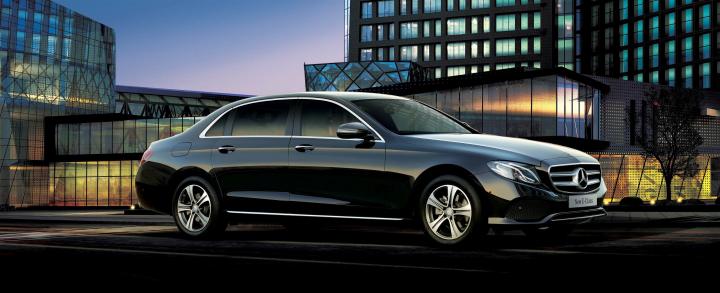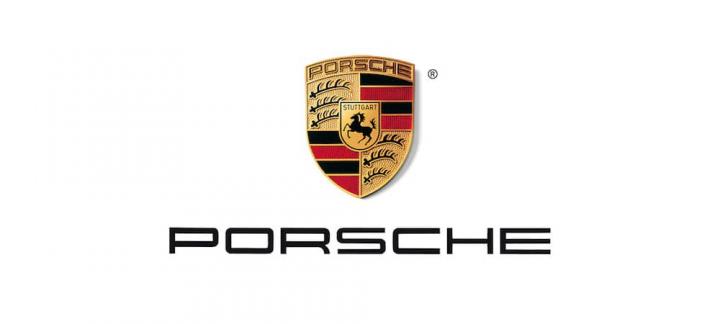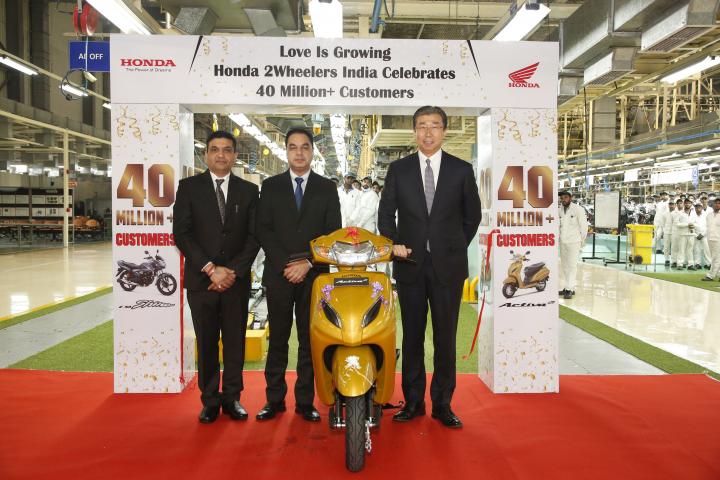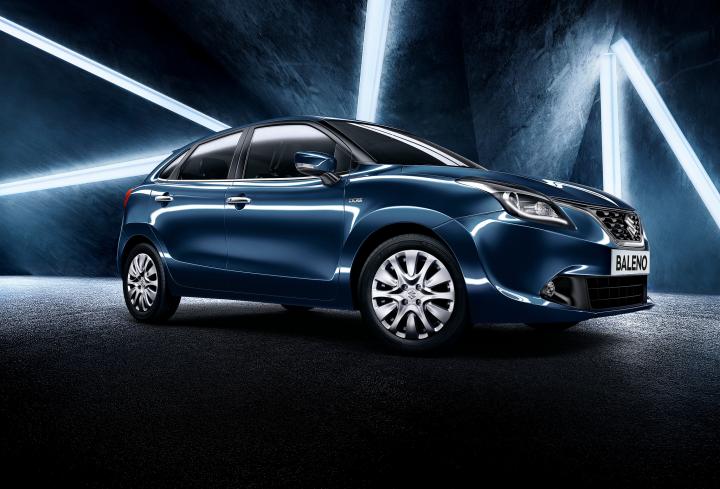News
Hyundai reports first loss in 8 years
Hyundai Motor Co. has reported its first quarterly loss in eight years as the company's vehicle sales in China have declined.
Hyundai reported a loss of US$ 114.95 million for the fourth quarter of 2018. It has been reported that it is the company’s first net loss since 2011. It is also the sixth consecutive fall in annual profits for Hyundai.
China sales for the South Korean carmaker fell by 23% in the fourth quarter. While the company had targeted annual sales of 9,00,000 units, it could manage to sell only 7,90,000 units. In 2017, the company sold 7,85,000 vehicles in China. Hyundai's total annual production capacity in China stands at 16,50,000 units.
It is reported that some of the reasons for this fall include the Sino-US trade war, phasing out of tax cuts for smaller cars, weakness in emerging market currencies and lack of attractive models in China. Poor diplomatic relations between China and South Korea have also affected consumer interest in South Korean products.
Sales in the US market have also declined 1%, whereas the market grew by 0.6%. Sales of the redesigned Santa Fe have fallen by 12% for the year. Hyundai and Kia combined are targeting a 3% sales growth in 2019.
Source: AutoNews
- Tags:
- Indian
- International
- Sales
- China
News
Luxury car sales figures of 2018
Mercedes-Benz topped the luxury car sales charts in 2018. The carmaker sold a record 15,538 units, registering a growth of 1.4% compared to the previous year. The Long Wheelbase E-Class was the highest selling model in 2018. Models like the C-Class and CLA were among other popular sedans, while the GLC remained the most popular model among SUVs.
According to media reports, BMW sales increased by 13% compared to 2017. The company sold 11,105 units. Audi slipped to third place and registered an 18% decline in sales compared to the previous year. The carmaker sold 6,463 units.
Jaguar Land Rover sold 4,596 units in 2018 and posted a growth of 16.23%. Volvo registered the highest growth among premium brands in India. The Swedish carmaker sold 2,638 units, clocking a growth of 30% compared to the previous year.
News
Porsche delivers 2.56 lakh cars in 2018; best ever year
Porsche sold a record 2.56 lakh cars in 2018, registering a growth of 4% compared to the previous year. The Macan was the highest selling model last year, followed by the Cayenne, while the Panamera recorded the highest growth of 38%.
In 2018, Porsche delivered 86,031 units of the Macan and 71,458 units of the Cayenne, while 38,443 units of the Panamera were sold globally. The 911 registered double-digit growth as well as. The carmaker sold 35,573 sports cars, which is 10% more than the previous year.
The Asia-Pacific, Africa and Middle East regions topped the sales charts with 1,08,578 units and a growth of 10% over the previous year. But, China registered the highest growth of 12%, where Porsche delivered 80,108 vehicles. While Porsche sales in the United States (57,202 units) and the American continent (70,461 units) grew by 3% and 4% respectively, Europe saw a 4% dip in sales.
- Tags:
- Indian
- Sales
- Yearly sales
News
Car sales take a hit due to slow demand from cab aggregators
According to a media report, new car sales have taken a hit as demand from cab aggregators like Uber and Ola has gone down by 50% over the past two years. Car makers are expecting this trend to continue.
The sluggish demand can be attributed to cab hailing services struggling to gain traction in smaller towns and cities. To boost profitability, companies have reportedly reduced incentives for drivers. As incentives have gone down, driver partners are facing difficulties repaying loans. New third-party insurance norms have also affected sales.
It is estimated that 50,000 vehicles were sold to cab aggregators in the first 8 months of the current fiscal. In comparison, 75,000 cars were sold in the last financial year and 1.5 lakh units two years ago. Reports suggest that Maruti Suzuki sold 25,000 vehicles to cab aggregators in the first 8 months of FY2018, compared to 72,000 in all of FY2017. Hyundai is also witnessing a slowdown. 5% of the company's total volumes is fleet sales of which, 60% constitute vehicles sold to cab aggregators.
Source: Economic Times
News
Honda 2 Wheelers 40 million sales up
Honda 2 Wheelers has crossed 40 million cumulative sales in just 18 years, becoming the first 2-wheeler maker in India to reach this milestone.
Honda sold its first 10 million units in 11 years. Sales doubled to reach 20 million in the next 3 years. Within the next 4 years the company sold another 20 million units.
Honda set up its first production facility in India back 2001. Its first model was the Activa. In 2004, the company launched the CB Unicorn and two years later introduced the CB Shine. Earlier this year, Honda registered 25 million cumulative scooter sales, which include 20 million units of the Activa. Sales of the CB Shine have also breached the 7 million mark.
Honda 2 Wheelers currently has four manufacturing facilities in India. The company also exports locally built 2-wheelers to other markets. In 2018, Honda's exports crossed the 2 million mark.
- Tags:
- Indian
- Honda 2-Wheelers
- Sales
- Milestone
News
It's official: India has just 22 cars / 1000 citizens
According to the Niti Aayog, India has just 22 cars per 1,000 citizens. In comparison, in the US, 980 out of one thousand people own a car, while the UK has 850 cars per 1,000 individuals.
An International Energy Agency (IEA) report suggests that passenger car ownership in India is expected to grow by 775% over the next two decades. This means, India will have 175 cars per 1,000 citizens by 2040.
While the passenger car market has shown strong growth in the past few years, India's car ownership index is still lagging behind countries like Canada, China, Australia, New Zealand and Japan. These countries have 662, 164, 740, 774 and 591 cars per thousand individuals respectively.
Source: Economic Times
- Tags:
- Indian
- Government of India
- Sales
News
Maruti Suzuki CNG vehicle sales hit 5 lakh units
Maruti Suzuki has sold 5 lakh vehicles with factory-fitted CNG kits since they were first introduced in 2010.
Maruti currently offers CNG option on seven models including the Alto 800, Alto K10, WagonR, Celerio, Dzire, Eeco and the Super Carry LCV. The outgoing Ertiga was also offered with a CNG variant but the new one isn’t offered with the green fuel.
According to the company, CNG variants constituted around 15% of the total sales across the 8 aforementioned models between April-November 2018. WagonR is the highest selling CNG model. In 2018-19 (upto November), CNG vehicle sales have increased by over 50%.
Maruti's CNG range is available in 150 cities across the states of Gujarat, Maharashtra, Andhra Pradesh, Telangana, Orissa, Uttar Pradesh, Punjab and in the National Capital Region (NCR).
- Tags:
- Indian
- CNG
- Sales
- Yearly sales
- Milestone
News
Maruti Suzuki Baleno 5 lakh sales up in just 38 months
Maruti Suzuki has claimed that it has sold 5 lakh units of the Baleno hatchback in a period of 38 months. The car was launched in India in October 2015.
According to Maruti Suzuki, sales of the Baleno grew by 20.6% in the first half of 2018-19 compared to the same period last year. Team-BHP's sales analysis (October 2018 : Indian Car Sales Figures & Analysis) shows that in October 2018, Maruti sold 18,657 units of the car, which is a growth of 28.4% compared to October 2017. Maruti claims that the car has over 27% market share in its segment.
The Baleno is powered by a 1.2-litre, 4-cylinder petrol engine that produces 83 BHP @ 6,000 rpm and 115 Nm of torque @ 4,000 rpm. It is also available with a 1.3-litre, 4-cylinder diesel engine that makes 74 BHP @ 4,000 rpm and 190 Nm @ 2,000 rpm. A 5-speed manual transmission is offered as standard with both engines, while the petrol version gets a continuously variable transmission (CVT) as an option.
In March 2017, Maruti introduced the Baleno RS. The car is powered by a 1.0-litre, 3-cylinder, turbocharged petrol engine that delivers 101 BHP @ 5,500 rpm and 150 Nm of peak torque @ 1,700-4,500 rpm and is mated to a 5-speed manual gearbox.
- Tags:
- Indian
- Baleno
- Baleno RS
- Yearly sales
- Sales
News
Maruti Swift: A whopping 20 lakh sales up
Maruti Suzuki has sold a whopping 20 lakh units of the Swift hatchback since it was first launched in May 2005.
By September 2010, Maruti had sold 5 lakh units, while the milestone of 10 lakh units was achieved in September 2013. In the next 2 years, the carmaker sold 5 lakh units of the Swift.
The third generation Swift was launched at the 2018 Auto Expo. It achieved the fastest 1 lakh bookings in less than 10 weeks after its launch. During April-October 2018, Maruti increased the production of the model by 45% to 1.39 lakh units compared to the same period last year.
The new Swift is based on the fifth generation Heartect platform. It is offered with a 1.2-litre, 4-cylinder petrol engine that produces 82 BHP @ 6,000 rpm and 113 Nm of torque @ 4,200 rpm and a 1.3-litre, 4-cylinder diesel unit that puts out 74 BHP @ 4,000 rpm and 190 Nm @ 2,000 rpm. Transmission options include a 5-speed manual and 5-speed AMT.
- Tags:
- Indian
- Swift
- Swift Hatchback
- Sales
- Milestone
News
Car sales in metro India slowing down
In 2017-18, car sales fell by 20% in Mumbai, 11% in Bengaluru and 4.5% in Chennai, while Delhi and Pune could manage only a 2% growth.
According to a media report, car sales in metro cities continue to struggle due to traffic congestion and an increase in demand for shared mobility services such as Uber and Ola. An increase in insurance premiums and vehicle financing rates along with the increased fuel prices are further reducing the demand for new cars.
The growth in the urban markets is expected to be just 2-3%, while the growth in the rural market is expected to be 12-14%. Maruti claims that despite the festive season, the sales have remained flat over the last 2 months. The carmaker was expecting a growth in double digits, but could only manage 6%.
Discounts offered on new cars have also increased in an attempt to increase sales. The company claims that discounts have gone up by 20% in the Q2 2018-19. The average discount offered in the second quarter of 2017-2018 was around Rs. 15,500. This has now gone up to Rs. 18,500. While pressure due to low demand is being felt across all the vehicle categories, it is particularly strong for the first-time car buyer’s segment.
Source: Economic Times
- Tags:
- Indian
- Yearly sales
- Sales
- Maruti Suzuki
Pages













